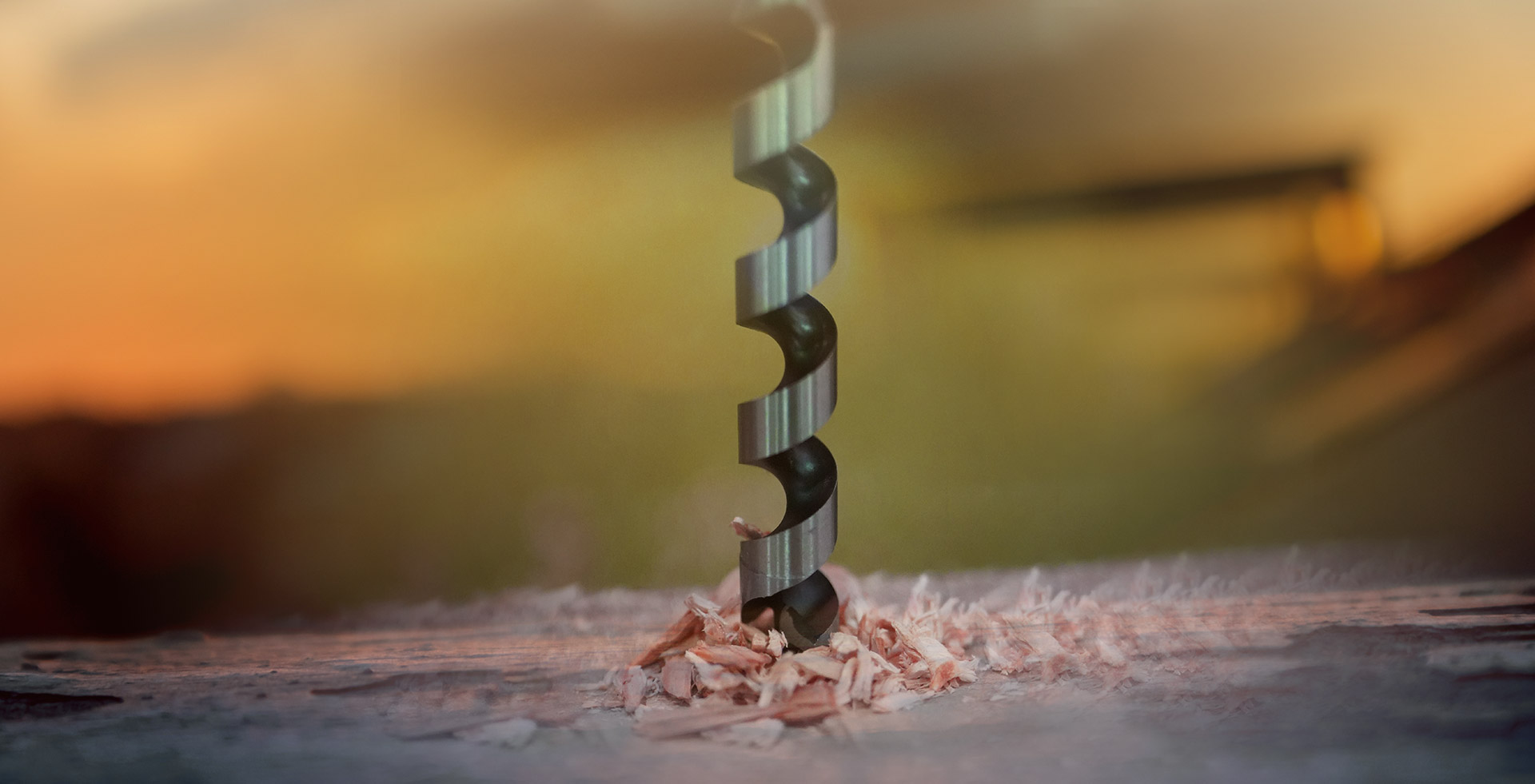Don't hesitate to send a message
I. Introduction: Solving the "Impossible" Task The phrase "fitting a square peg into a round hole" is a universal symbol...
READ MOREAuger bits are heavy bits used to safely drill large holes in hardwoods and soft woods. They're most often used for drilling holes into general hardwood applications and bulkhead. These fast-drying bits have a straight screw drill bit tip that, when drilling tends to pull up the bit to the hardwood, thereby allowing the bit to penetrate deeply into the material. With a bit in hand, an experienced handyman can quickly and easily perform a wide variety of useful tasks.
One of the most common uses for auger bits is for boring new holes in wood, plastic or asphalt. Most of us have seen them - they're the little black dots at the end of an auger bit. These are used to turn small diameter holes (usually less than an inch in diameter) into larger diameter holes for plumbing, electrical wiring and even foundation repairs. Spade bits, which are similar but have a screw hook nose, are sometimes used as auger bits. Spade bits, when used in this way, tend to bore holes that are too small for the auger bit to penetrate, sometimes leading to insufficient hole size and resulting in insufficient diameter of the hole to hold the drilled material.
Another type of auger bits, collar auger bits, are primarily used for cutting holes in materials that are thicker than hair; for example, concrete or asphalt. For these projects, you'll want to make sure your bits have a long shaft, since short shafts may cause slippage. Also, be sure that your bits are self-cleaning. Cleaning your bit by hand removes minute amounts of material as you drill, but if you use a machine that's dirty, you'll be left with dusty marks and a potential for injury from abrasions.
Wood is another material that makes good candidates for auger bits. This is because wood has natural antiseptic properties that repel insects, including wood-loving pests such as termites. Plus, the wood that most people like to use for drilling holes is birch, which is very easy to work. However, while it's a great material, it's also more expensive than other types of wood. Most wood auger bits are sold in standard sizes that range from six inches to three and a half inches.

There are also special plastic auger bits for drilling plastic or thin materials. These bits are usually not made with hard metals in mind, but are specially designed to handle small drilling holes. These bits will work well with most plastic drilling projects, although it's possible that you might encounter some problems if your holes are small enough for the bits. Some common plastic bit uses include hollowing out small toys, pulling together pipe insulation and stuffing large toy cars. Plastic auger bits are sometimes available in different shapes to fit different drilling applications. The best advice when using plastic auger bits is to experiment to see which shaped bits work best for your drilling project.
Hard plastic bits are a bit harder to come by than other types of bits, although they are easier to use when drilling holes. These bits are often sold in standard lengths of six inches to three and a half inches, but they can also be sized up to six and a half inches if needed. Because hard bits drill faster than soft bits, you may want to consider investing in a drill speed regulator for safety purposes.
When choosing lead screws to use with your auger bits, you'll need to determine if the holes you plan to drill will require expansion before you drill them. You can determine what degree of expansion is required by either reading the specifications on the product label or by consulting the manufacturer. If you're unsure, consult the manufacturer again. If your holes aren't going to require any additional holes after you've drilled them, then you can save money by purchasing a bit that doesn't require expansion. However, if you must drill holes in your workplace that do require expansion, then you should always opt for lead bit types that do require expansion.
A drill brace is a vital component of every auger bit. It serves as the secondary shank that holds the shank in position during drilling. Without the brace, the drill would simply jam up because it's attempting to work in an area that has too much pressure. Although the material of these braces is typically steel, they can be crafted from acrylic, brass, and a variety of other materials. The type of material you decide to purchase should ultimately be determined by cost, efficiency, and ease of installation.
I. Introduction: Solving the "Impossible" Task The phrase "fitting a square peg into a round hole" is a universal symbol...
READ MOREMetalworking has always been a cornerstone of industrial development, shaping everything from automotive components to a...
READ MORE1. What Are Waterpump Pliers? – The Flexible “All-Rounder” Tool In modern industrial manufacturing and daily maintenance...
READ MORESelecting the appropriate industrial cutting tools is a critical decision that directly impacts manufacturing efficiency...
READ MORE+86-573-84611229
+86-573-84611518
NO.35 Yucao Road, Ganyao Town, Jiashan City, Zhejiang Province, China
